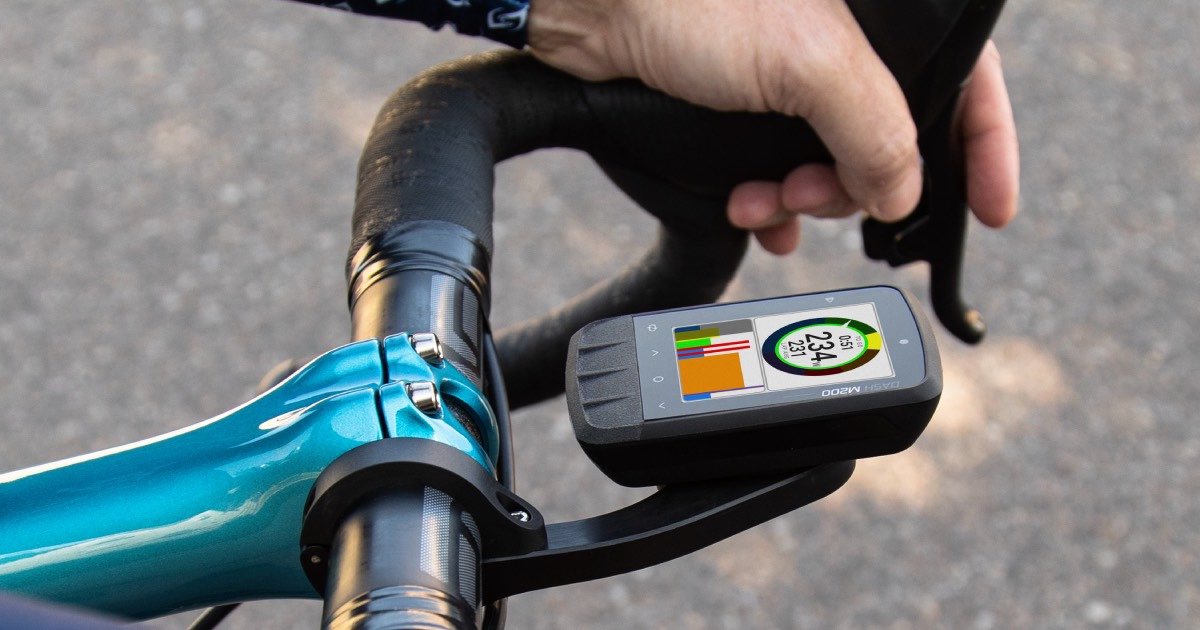The Science of Stages Power
- By Benjamin Sharp
- Published: 14.10.2021
- Last Updated: 17.10.2021

Very, very water resistant.
Like fluctuations in temperature, moisture is a reality in cycling – whether it’s caused by high heat and humidity or freezing cold rain. Stages power meters are designed to meet or exceed the IPX7 standard for water resistance and tested extensively in-house at our Boulder, Colorado facility as well as over thousands of miles out on the roads and trails.
ANT+ AND Bluetooth works with everything.
Stages was the first power meter brand to offer both ANT+ and Bluetooth transmission protocols. This simplifies the setup process and ensures that our power meters are compatible with a broad range of other devices, including smart trainers, phones, cyclometers and more. This also provides two-way communication for wireless firmware updates.
HOW IS TORQUE MEASURED?
TORQUE // Fave x 9.8 x L = Torque
(Fave = Average Force per Revolution )x(9.8 = gravitational constant)x (L=Length of Crank)
To measure TORQUE, Stages’ proprietary strain gages are laid precisely along the crank arm. These gages, which are the same tool used in aerospace, can detect the smallest flex in the stiffest crank. In this case, every pedal stroke, causes a small amount of flex along the crank arm. This downward force happens in every rotation. This force, multiplied by 9.8m/s2 and the length of crank arm are used to determine the force applied to a pedal stroke, or torque.
HOW IS CADENCE MEASURED?
CADENCE // R x .1047 = Cadence
(R= Rotations — measured using an accelerometer)
Using an accelerometer (the same technology used to tell your phone how to orient its screen), the Stages meter measures cadence. The proprietary circuitry houses this cadence tool, allowing the meter to eliminate the antiquated need of magnets, external sensors, cables and zip ties to measure cadence. This modern technology also allows the meter to capture multiple positions per revolution, resulting in a faster response and better overall data. Once Cadence and Torque are collected, they are multiplied together to determine the POWER of a single pedal stroke.























